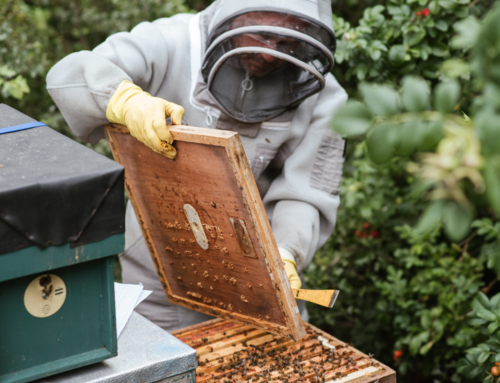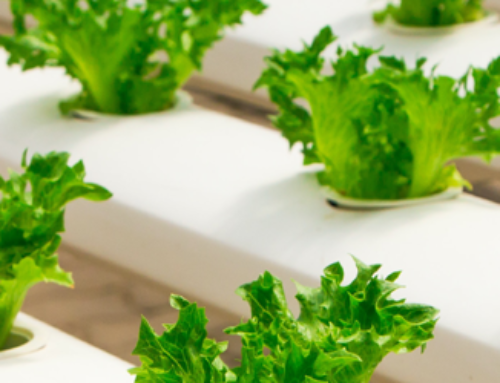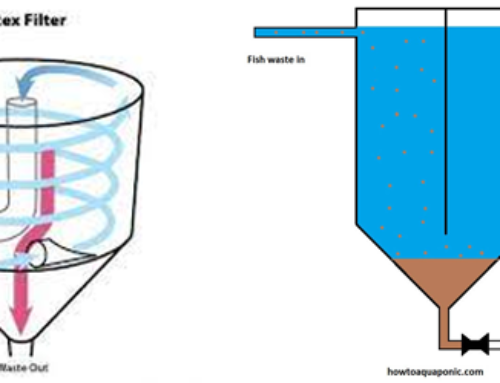A moveable (bee hives) frame system helps sound colony management and, more importantly, aids in the regular and thorough examination of brood for symptoms of foulbrood disease.
Various designs of hives may be obtained from manufacturers and equipment suppliers. The National, Smith, Modified Commercial, Langstroth and Dadant are all single-walled types. Of these, the National and Smith are the most popular in Britain.
It is advisable that only one type of hive is used so that the various parts are interchangeable.
If second-hand hives are obtained it is essential that they are free from foulbrood infection and sterilised properly. Details of how to do this can be found in the Hive Cleaning and Sterilisation leaflet.
Bee Hive Design Parameters
The design of bee hives is not a matter of aesthetics or prettiness, but is regulated by what bees do, or will tolerate when they are presented with a ‘fait accompli’.
The various parameters that need to be regulated for the well being of both the bees and the beekeeper are set out in the paragraphs below and the pages that are linked in the menu at left or links in the text below.

I have spent thousands of hours researching and designing beekeeping equipment (for UK use).
I hope some of what I have learned in the process will be useful to others.
“A” Is the roof, lid or outer cover depending on which country you live in.
“B” This is the coverboard, crownboard or inner cover.
“C” Is a super or honey box, but sometimes this position is occupied by a section rack. On other occasions this position might be occupied by an overall feeder.
“D” Is a super or honey box. (There may be any number of these and they are commonly shallower than the boxes used for brood.)
“E” Is a queen excluder.
“F” This is the brood box or brood chamber (but may consist of more than one box).
“G” The floor or bottom board goes here but is sometimes replaced by a pollen trap.
“H” A stand is not absolutely essential in all conditions, but wherever damp weather prevails it is advisable.
There are other items that are used at various times during the season. They are:-
Ekes, Escape or Clearer boards, Feeders and various gadgets used in queen rearing.

Ease of manipulation is greatly enhanced if a degree of “modularity” is present. This modularity can have horizontal as well as vertical influence.
For instance if an eke is 75 mm tall and a super is 150 mm the brood chamber at 225 mm can be adapted from an eke and a super or two ekes can be pressed into service as a super.
If nucleus boxes are made half of the width of a brood box and the same length then (with the British system) two nuc boxes holding 5 frames each can sit on top of a brood box holding 11 frames.
By the same token three nucs each holding three frames also fit this footprint.
I have also tried using four modules each containing two frames, but these are difficult for the bees to thermo-regulate. Also, they are unstable if used singly.
The principle of four, twin frame nucs can be followed using a brood box with dividers as indeed can the two by five frame and the three by three frame systems.
D.A.C.
By: David A. Cushman





